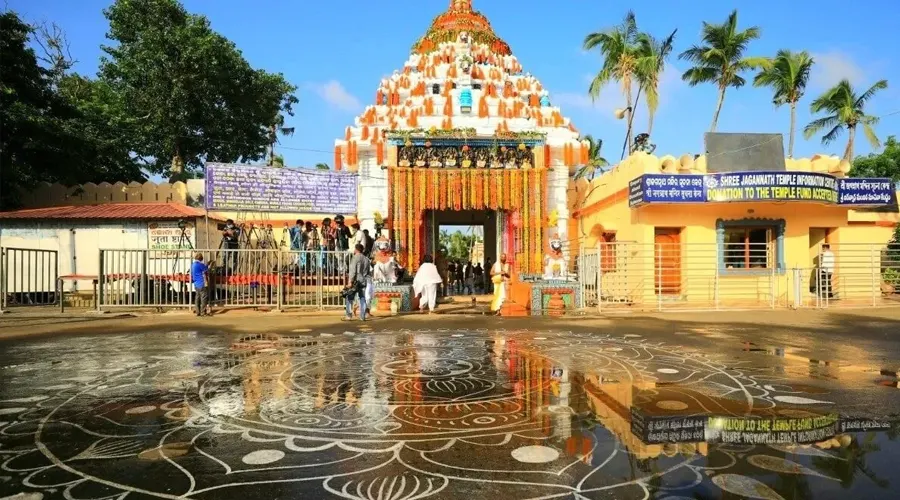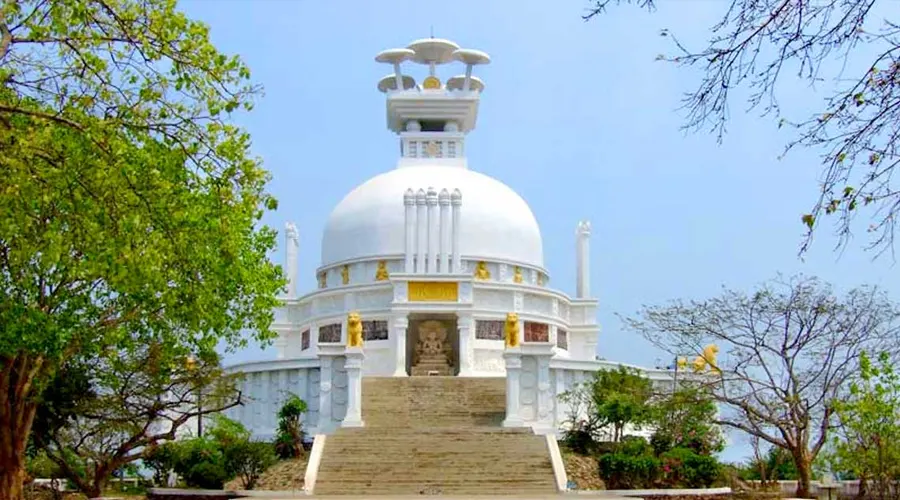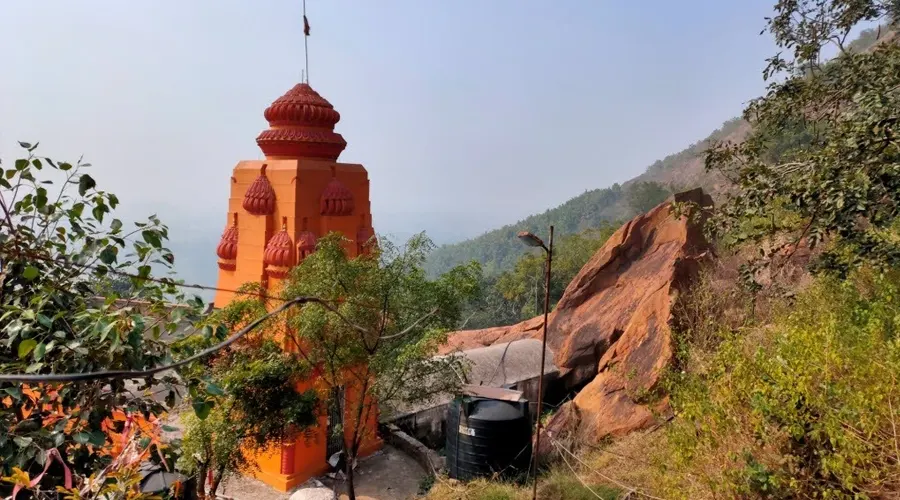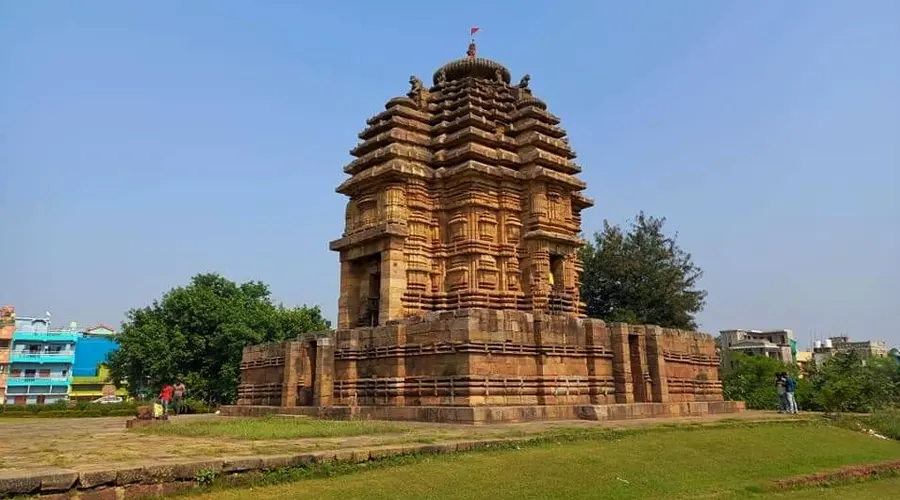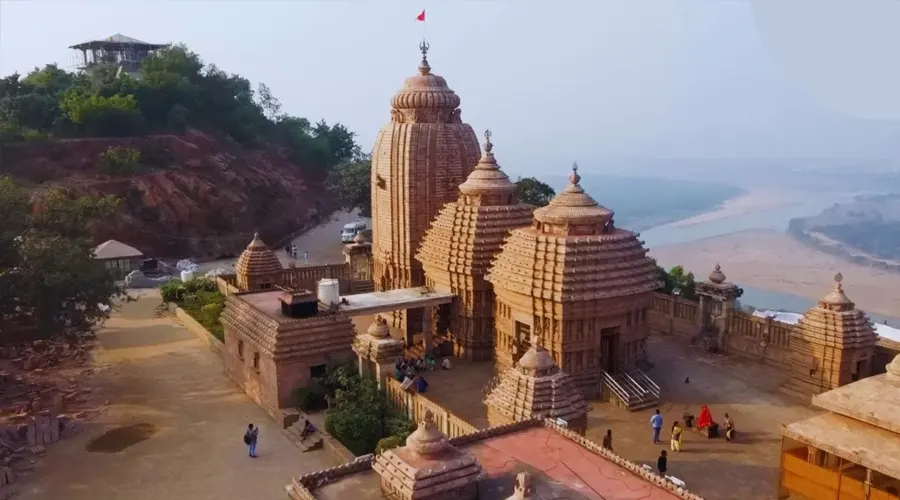Nandankanan Wildlife Sanctuary
Nandankanan Zoological Park is one of the biggest and famous zoos in India. Located in Bhubaneswar, this zoo, unlike others in the country, has been built inside a natural forest, which is moist and deciduous and remains semi-ever-green. The animals kept in this zoo get the feel of their natural surroundings and roam freely without any apprehensions. Nandankanan has the distinction of being the first zoo in the world to breed Melanistic and White tigers and the sole conservation breeding center for Indian Pangolins, across the globe.
A member of the World Association of Zoos and Aquarium (WAZA) - the only one in the country - the Nandankanan zoo is also recognized by the Central Zoo Authority (CZA) for the preservation of Indian pangolins, tigers, and long-billed vultures. It is the first zoo in the country to feature an open-top enclosure for leopards and also the first, where endangered Ratels were born in captivity. The zoo has large pools for housing hippopotamuses and Gharials and has been a captive breeding center for the latter since 1980.
The name ‘Nandankanan’ in the local language means ‘Garden of the Heavens’. Such is the importance and exclusivity of the zoo that the Indian Railways has named an express train after it called the Nandankanan Express while the Indian Postal Department has released a special cover featuring it. On a visit to the city of Bhubaneswar, an excursion to the Nandankanan Zoological Park and Botanical Garden is a must, especially for those tourists, who are traveling with their children.
Architecture of Nandankanan Zoological Park
There are 210 enclosures inside the zoo, featuring both open moat enclosures (94) and cages (116). The zoo is home to 3004 animals, including 262 reptiles, 1175 mammals, 21 amphibians and 1546 birds. These include 120 species of birds, 85 species of butterflies, 15 species of mammals, and 15 species of reptiles, of which there are 53 exotic and 103 native species.
The four large facilities at the Nandankanan zoo are the Lion Safari (approx. 49 acres), White Tiger Safari (approx. 29 acres), Herbivore Safari, and Bear Safari. The State Botanical Garden consists of 24 different satellite parks and gardens, along with picnic sheds, an interpretation center, etc. These are:
- Butterfly Park: A popular attraction of the Botanical Garden is the Butterfly Park, which is spread over 36, 950 sq ft. The park’s beautiful landscape comprises 6400 butterfly-dependent plants. It also has a cascading waterfall with bridges, fountains, and a 170 sq ft water channel. More than 81 species of butterfly can be spotted here. The Butterfly Park was opened in 2014 and an Interpretation Center located inside it was opened in 2015. This center disseminates information on the various aspects of butterflies.
- Cacti House: The Cacti House, spread over 1080 sq ft, is home to a wide collection of about 1200 cacti.
- Glass House: The 2013 sq ft Glass House houses several varieties of succulent plants.
- Philodendron House: About five varieties consisting of more than 2000 philodendrons can be seen at the Philodendron House.
- Bonsai: More than 300 bonsai plants of 55 varieties are housed in the Bonsai Garden.
- Dry Garden: Spread over an area of approx. 0.65 acre, the Dry Garden located in front of the Glass House has been designed with loose stone work. The design creates a look of a dry zone. It is quite popular among the visitors to the park.
- Green House: There is a state-of-the-art Green House on the premises that is spread over 5200 sq ft and comprises 60 species of indoor plants including Cordyline, Aglaonema, Philodendron, Peperomia, Calathea, Monstera, Dieffenbachia, etc.
- Rosarium: The Rosarium is home to a wide collection of 1200 rose plants of 55 varieties. This garden spread over 1.5 acres, is a favorite among visitors, especially in winter when the flower plants are in full bloom.
- Medicinal Garden: Spread over 2.26 acres of land, the Medicinal Garden houses a rich assemblage of 225 species of herbs, shrubs, and trees.
- Orchid House: The Orchid House, which is spread over 5000 sq ft, is the largest of its kind in the state of Odisha. It has on display more than 1000 orchids of 57 types, belonging to about 37 species.
- Mughal Garden: Sprawling over 2.5 acres, the Mughal Garden has been designed to create a look of the Mughal era with flowering plants both perennial and seasonal, on both sides of flowing waters. This garden is quite popular among young people and receives heavy footfall, all year round.
- Japanese Garden: The Japanese Garden, covering an area of 0.5 acres, is a state-of-the-art garden that has been built in Tsukiyama-niwa style, featuring flowing streams and small hills.
- Evolution Garden: The Evolution Garden, spread over approx. 1.9 acres, has on display a variety of plants and offers detailed information on the evolution system of the plant kingdom. From lower plants like Pteridophyta, Algae, Bryophytes, and Fungi to large plant groups such as Angiosperms and Gymnosperm are available here. The objective behind the creation of such a unique garden is to allow researchers and students to learn about different plant species.
- Landscape Garden: Covering an area of 1.6 acres, the Landscape Garden consists of 1000 trees of various species, shrubs, and a lawn.
- Heritage Garden: Located adjacent to the Evolution Garden, the Heritage Garden consists of old Banyan trees and natural rocks. This 1.2-acre acre garden also has a small Tulsi Garden, where six varieties of Tulsi plants can be seen, along with models of a tribal hut, life-size cow, and monk.
- Palm Garden: The Palm Garden, covering an area of 15000 sq ft, houses a collection of 29 varieties of palm trees. Inside the garden, there is a 15000 sq ft grass carpet along a water body that looks amazing and draws a lot of visitors.
- Arboretum: Spread over an area of approximately 9.9 acres, the Arboretum houses more than 234 species of plant and trees belonging to 49 families of the Eastern zone forests. It is an ideal place for botany researchers and students to learn about various plants and trees.
- Bougainvillea Garden: The Bougainvillea Garden, covering an area of 21400 sq ft, houses more than 1000 Bougainvillea plants of eight varieties; each having a different color. Also, it has a series of creepers that can be seen at the backside of the garden.
- Carnivorous Plant Garden: Opened in 2016, the Carnivorous Plant Garden which spreads over 800 sq ft, exhibits different species of carnivorous plants. Nandankanan zoo is the first of its kind to put on display these types of plants in a natural landscape.
- Hibiscus Garden: Covering an area of 11000 sq ft, the Hibiscus Garden is located between the Palm Garden and Glass House, featuring more than 130 plants of 27 different types.
- Buddha Park: The Buddha Park, located in proximity to the serene Kanjia Lake, houses a striking statue of Lord Buddha at its center. Spread over 12000 sq ft, the park also features sit-outs, rain shelters, and ornamental flower beds.
- Children's Park: As the name suggests, this park has been set up within a natural setting, featuring slides, swings, merry-go-round, etc. There is a gallery in the vicinity, where several ornamental plants can be seen.
- Artificial Zoo: In the Artificial Zoo, models of various animals are on exhibition. The objective of this zoo is to generate curiosity and awareness among children about different animal species and their habitats.




